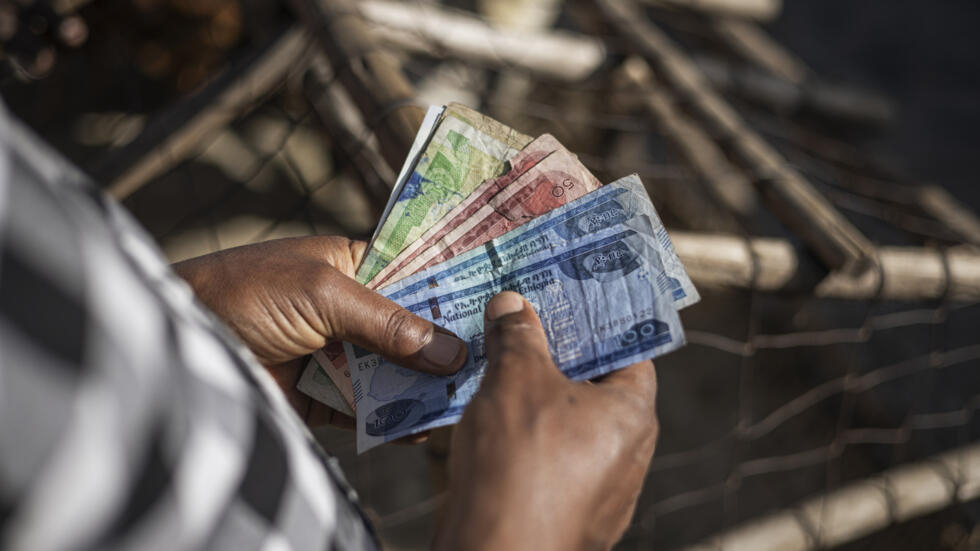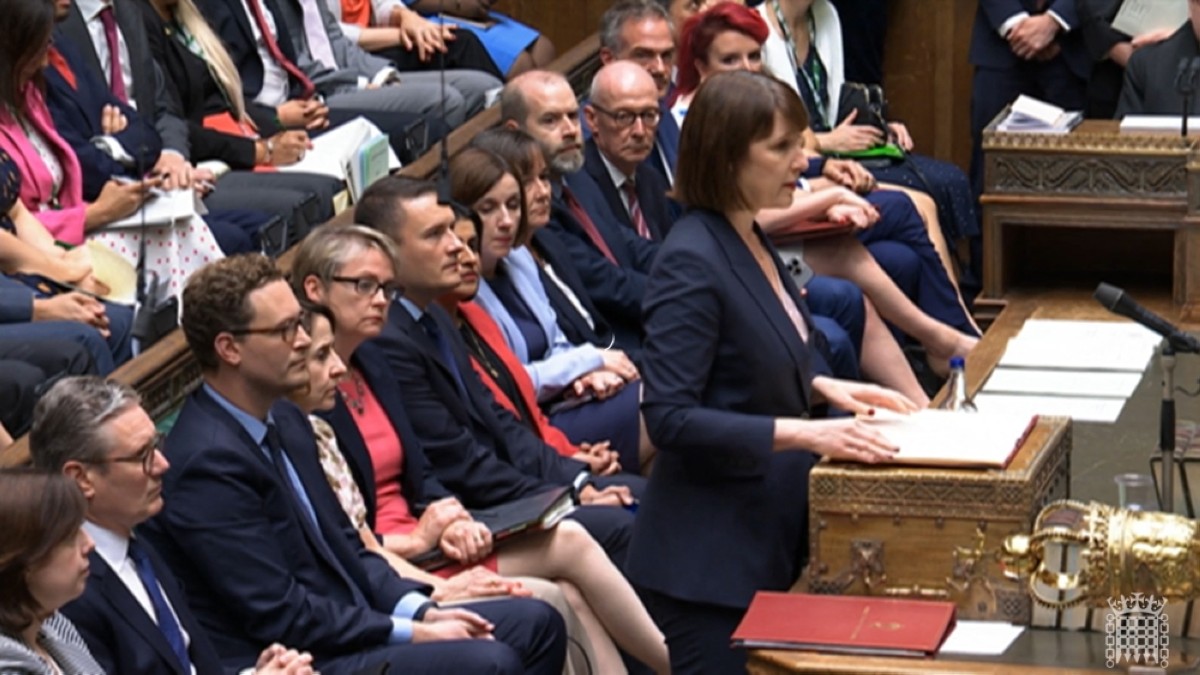Dollar trends lower amid increased expectations of lower interest rates
KUWAIT: The US Dollar index continues to trade on a downward trajectory, closing the week at 101.71, after a steep decline that followed a dovish speech delivered by Fed Chair Jerome Powell.

The decline served as a relief to some of the dollar’s counterparts, where the British pound and the Euro gained momentum against the dollar, closing the week at 1.1010 and 1.2700 respectively.
While the USDJPY currency pair was seen trading at a low of 140.9 this month, levels not seen since August, a drop that delivered a relief note to the Bank of Japan as they decided to keep interest rates unchanged in their latest monetary policy meeting held earlier in the week. A falling dollar seemed to have coincided with a drop in the bond market, with the 10-year treasury yields falling to around 3.84 percent, as the market is starting to bet on rate cuts in the upcoming months.
US consumer confidence climbs
The US consumer confidence report released in December showed an increase to a five-month high, with the index figure coming in at 110.7, higher than the previous figure of 101.0, and higher than the expected 104.6. The report showed an increase in confidence among all age groups in the US, with the largest increase showing in the 35-54 age group with annual incomes of $125,00 and above. The increase comes despite continued worries of high inflation rates, with consumers indicating plans to purchase assets such as motor vehicles, houses, and major appliances in the next 6 months. The increase in confidence can be attributed to the recent rally in the stock market, with indices like the Dow Jones and the S&P 500 climbing up to record highs in the last quarter of 2023, as well as an easing in inflation and lower gasoline prices.
Resilient labor market
The number of Americans filing for new unemployment claims rose to 205k in the latest unemployment claims data released in December, higher than the previous figure of 203k, yet lower than the expected increase to 214k. The figure supports the narrative of a resilient and healthy job market, as Feds keep a close eye on employment data for indications about the economy’s health, after a higher-than-expected retail sales data in November, which showed a 0.3 percent increase from the 0.2 percent decline in October. A resilient job market during tight economic condition has led to diminishing expectations of a recessionary state and supported the Feds goal of achieving a soft landing in its battle against inflation.
Core PCE slows
The personal consumption expenditure price index (PCE) data released on Friday showeda 0.1 percent decline month-over-month, compared to forecasts of no growth. The annual PCE figure showed a 2.6 percent rise, down from 2.9 percent in October versus expectations of 2.8 percent. While the Core PCE (excluding food and energy prices) rose by 0.1 percent monthly versus expectations of a 0.2 percent increase. Annually the core index showed that prices increased by 3.2 percent, down from 3.4 percent in October, a fresh low since mid-2021. The figures released seemed to go in-line with what Fed officials want to see to determine that the current policies are applying pressure on inflation as the PCE serves as an early indication of inflation conditions in the economy.
Europe and UK
In the latest PPI data published, the prices of goods produced by Europe’s largest economy dropped by 0.5 percent in the month of November, the fastest annual rate drop seen since 1949, hinting at further falls in inflation rates in the upcoming days. While producer prices of German industrial products fell by 14.7 percent from a year earlier, and exports of goods outside of the EU region dropping by 8.7 percent. The data comes in line with the contracting trend in Germany’s economy in the past nine months. While the EURUSD currency pair is currently trading at a four-month high of 1.1028, potentially attributed to selling pressures for the US dollar, after expectations that the US interest rates would begin to fall in 2024.
UK retail sales rise
Retail sales data in the UK rose by 1.3 percent in the month of November, following a 0.0 percent no change reading the previous month. The data release was followed by a market reaction, leading the GBPUSD currency pair to rise to 1.27 and stabilizing at around 1.268, levels last seen in August. The marginal increase in sales, which is considered the fastest month on month since January, has indicated a resilient consumer as high rates continue to put pressure on economic conditions in the UK.
UK inflation drops
In the latest news released, inflation in the UK dropped to its lowest rate in two years, with the latest CPI year-over-year reading showing a 3.9 percent rate, lower than the 4.3 percent anticipated figure. While the drop was mainly due to a drop in energy prices, it has fueled expectations about when the Bank of England will be lowering interest rates in the upcoming year. BoE officials have taken a strict stance regarding their approach in fighting inflation and keeping rates higher for as long as needed. Keeping a close eye on economic trends in the upcoming period to determine the next course of action.
Asia Pacific
The bank of Japan has decided to keep its ultra-loose monetary policy unchanged in its last monetary policy meeting held on December. The decision is considered in line with market expectations, while officials await further evidence about the conditions of prices and wages in Japan’s economy, as positive data might push for a shift away from the massive monetary stimulus. The central bank also decided to maintain its dovish stance regarding negative interest rates, after some expectations for a near end to the current rates after a drop in the US dollar pushed the Japanese yen to gain some value the past weeks.
Reserve Bank of Australia
In the latest monetary policy minutes published by the Reserve Bank of Australia, board members have decided to keep rates unchanged at their current 4.35 percent rate, as opposed to a 25 bps rate hike. The decision comes after officials saw “encouraging signs” of progress towards their fight against inflation, which decreased to 5.4 percent in the third quarter, from 7 percent in the beginning of the year. The board members also indicated that demand continues to surpass supply, while consumption growth remains weak, stating that the risk of inflation could remain high for a longer period. The AUDUSD currency pair, supported by a weaker US dollar, continued an upward trend throughout the week, closing the week at around 0.6801.
Oil shifts from downward trend
Oil prices showed a slight recovery in the week after a two-month downtrend which followed diminishing worries about the geopolitical tensions that affected the global economy. With the crude oil WTI futures climbing to 74.087 from a low of 68.98 in the previous week, and the brent crude oil futures climbing to 79.58 from the previous 73.17. The increase can be linked to a decision made by the decision from the minister of Mineral Resources, Oil, and Gas in Angola, which was to retract the countries membership from OPEC, as it no longer serves the country’s best interest. The decision came shortly after OPEC+ members held a meeting, in which it was decided to extend output cuts through 2024.
Gold rallies to record highs
Gold started the week with an upward rally after expectations for rate cuts from the Federal Reserve rose, gaining almost 83 dollars of value before settling in the $2,050 price range. As geopolitical tensions seem to cool down, the focus on gold prices is shifted more towards the next course of action for the feds.











